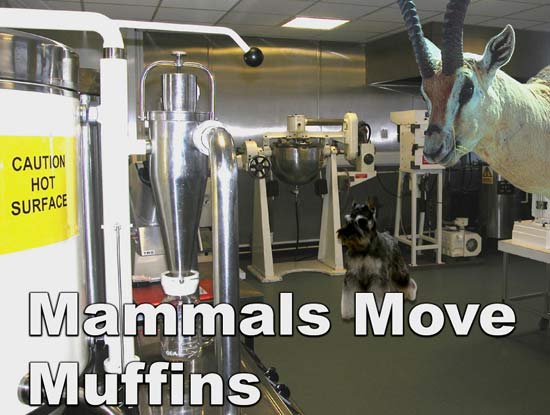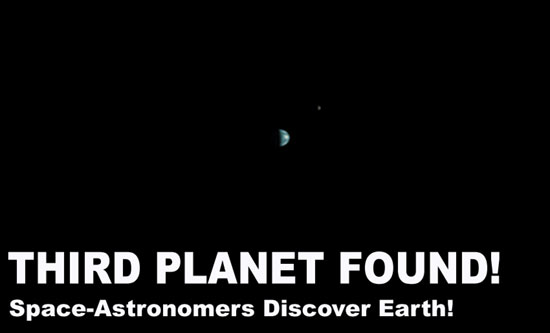The Hague, EU – Delegates all agreed that Jupiter sure is large, Earth is chock-full of living organisms, and Venus is bright, but once again Saturn, the ringed wonder between Jupiter and Uranus, took home top honors in the sixth annual “World’s Greatest Planet” competition. Top runners up included crowd-favorite Mercury and dark-horse Twopiter, but neither were able to beat out Saturn’s 308 total votes. OGLE235-MOA53 and HD 114762 did not receive any votes whatsoever, though WASP 2 did win an honorable mention for “Most Interesting Name, Extrasolar Category.”
Convention delegates are chosen from the astronomy community, the astrology community and through a lottery sponsored by Go Icecream! Magazine. Each delegate receives three votes which are color coordinated (blue, yellow, pink) and may be cast in any one of the ten categories. The initial categories are chosen by the host committee and include Best Color, Best Moons, Most Interesting Chemical Composition, and Smelliest Atmosphere.
Each of the 430 delegates casts their color votes (for a total of 1290 votes). The three categories with the most yellow cards are then chosen for the second round.
Delegates are divided into teams of ten members each, and each team chooses a candidate for each of the three second round categories. After lunch and coffee, the teams break up and the second round of voting begins when the host committee members distribute a one euro coin to each delegate.
The delegates place their coins in copper pots representing each of the ten candidates in each of the three categories. Only one vote may be cast in any category of the delegate’s choosing. Once the coins are placed, the pots are weighed by the tallest member of the host committee.
If there is a tie the process is repeated again, though in this optional third round each team chooses a mouse from a clear plastic hopper. The mice then run through any of the pre-chosen mazes provided by the host committee. The first three mice to make it through the mazes determine the final, tie-breaking voting teams, who reorganize according to the proportions of specialists and laymen at the competition and vote using black and white beans placed in a simple leather sack.
Fortunately, no tie happened this year.
In the competition’s only upset, Gravitational Microlensing beat out the Transit Method for “Best Detection Method.” Media reports of Transit Method spokes-model Dr. Ira Shore’s poor sportsmanship and bad manners during the announcement were not exaggerated, as the dethroned detection king ripped off his sash and stalked out of the Paard van Troje Concert Hall, knocking over the open bar in the lobby.
The other results this year were astounding as well. For the fifth time in a row Saturn took home the famed silver goblet for “World’s Best Planet,” while Earth and Mars tied for “Best Volcano,” and Neptune took home the title of “Best Gas Giant.”




